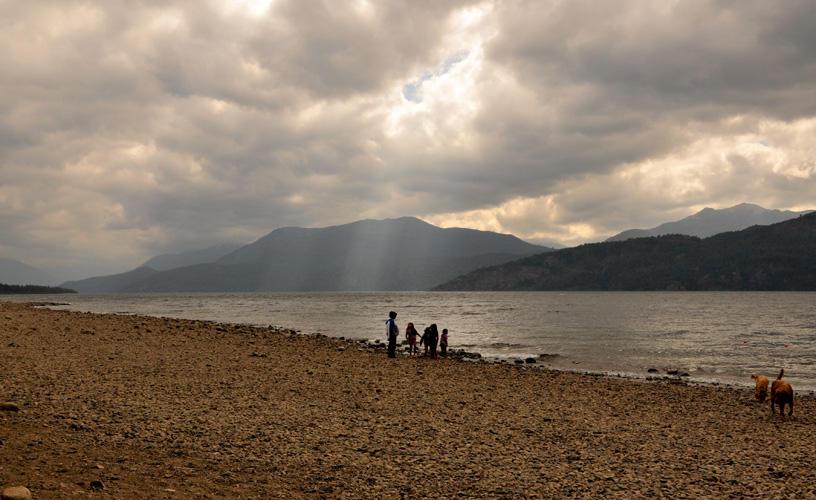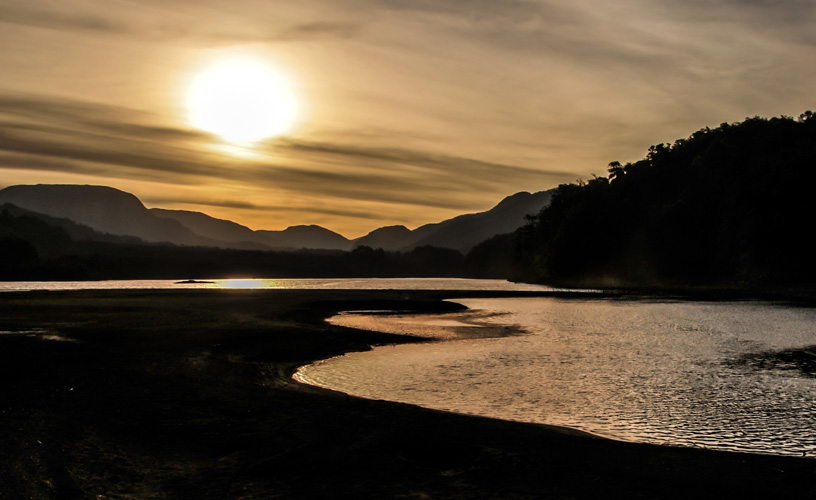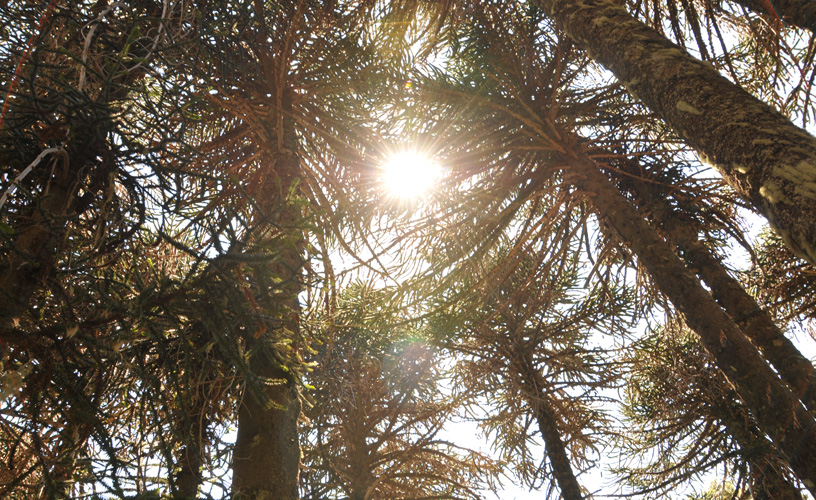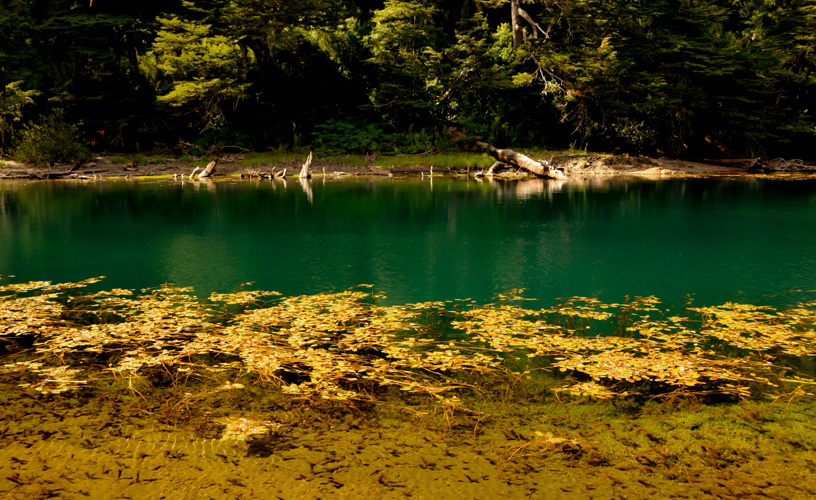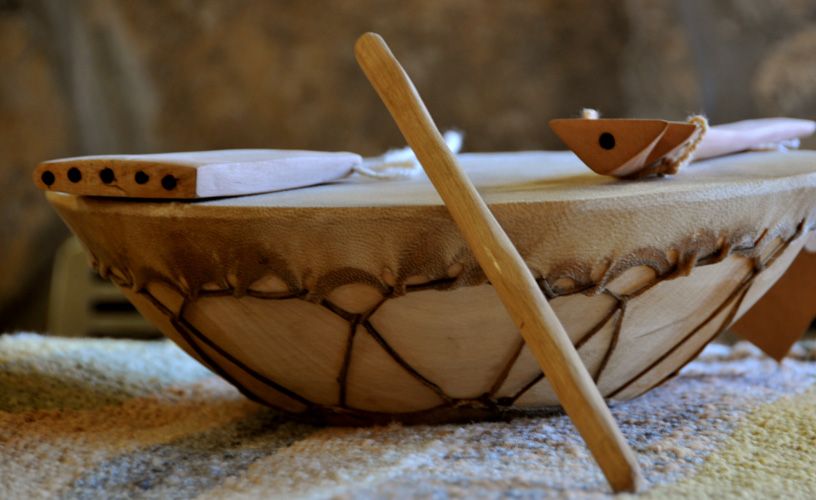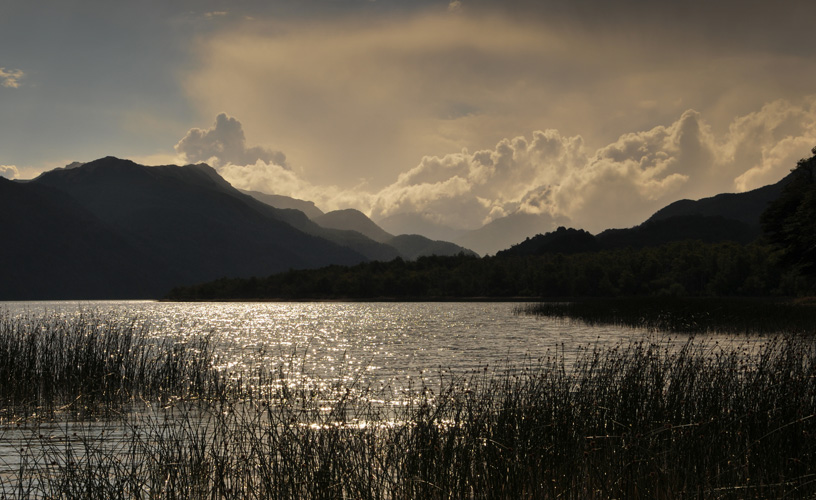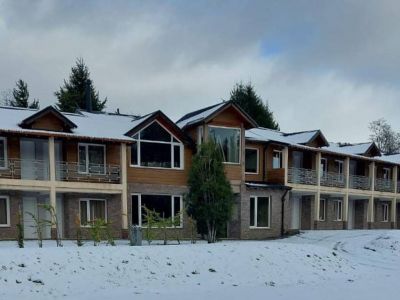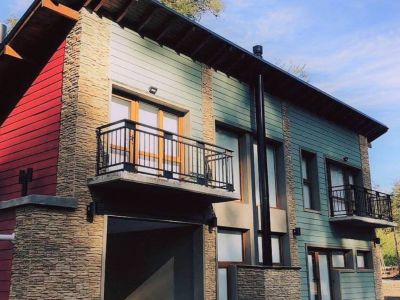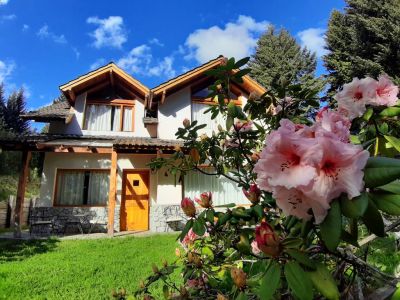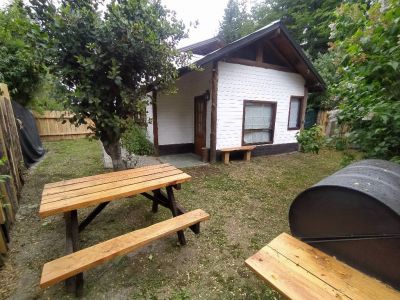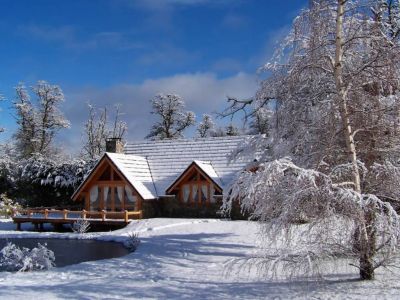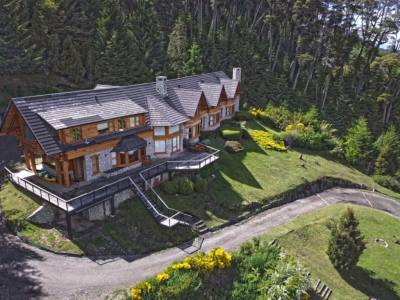The Mapuche people, as well as the most primitive peoples on the continent, have developed a great knowledge of astrology and astronomy. They have managed to interpret the movements of the sun, the rest of the stars and the planets, as well as the changes they produce on nature and even people. The understanding and decoding of the language of Earth and nature has made it possible for these peoples to accurately define the start of every stage, and the ending and the beginning of the new year. “We Xipantu” or “Nquillatún”, which in the Mapuche tongue mean “new year” or “sunrise of the new sun”, is the most important celebration of the primitive peoples from the southern hemisphere and it occurs simultaneously with the Inty Raimy (of the Inca tradition), during which praises are said and thanks are given to one element which is essential to life: the sun, source of wisdom and renovation.
Patagonian New Year
The coming of winter, which in our hemisphere takes place on June 21, coincides with the winter solstice, the point in the calendar when the earth tilts at its greatest distance away from the sun. This is the shortest day in the year and the longest night. For the Mapuches, this natural phenomenon sets the ending of the harvest period and the beginning of a new sowing season.
Taking as a basis a cyclical conception of time, the celebration's protagonist is the sun.
According to the Mapuche religion, the sun is born with the coming of winter, it becomes a youth and then turns into an adult in the spring, it grows old during our summer and it starts to die in the fall, when the trees lose their leaves, the animals change their fur and other phenomena alter nature, including men.
Pablo Etchevers
Eduardo Epifanio
